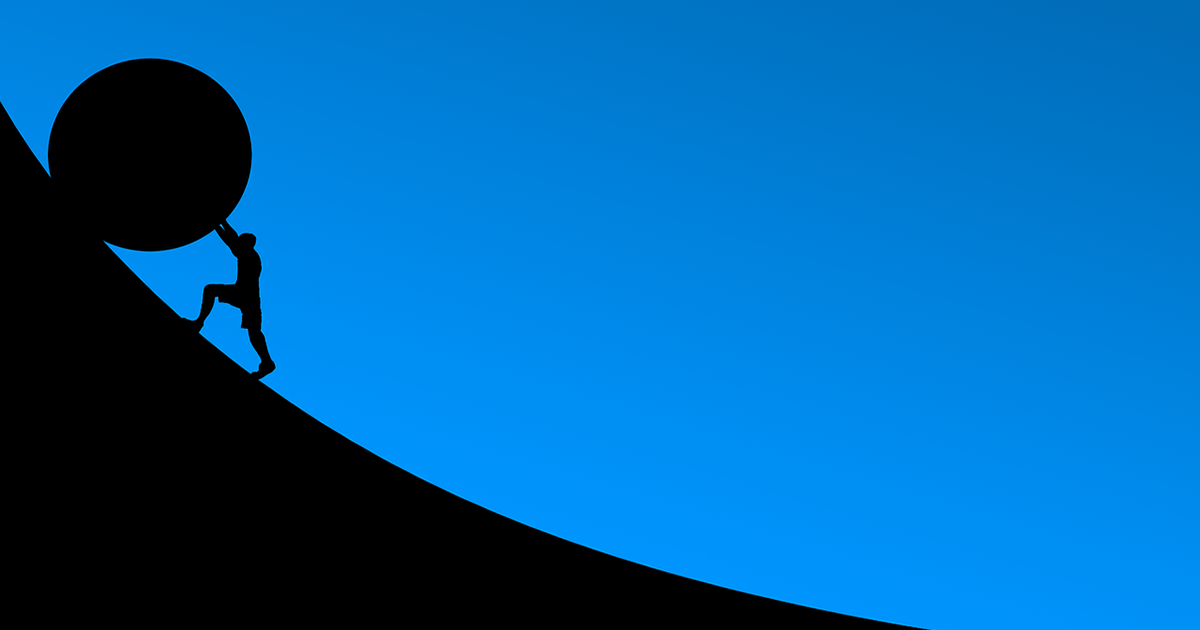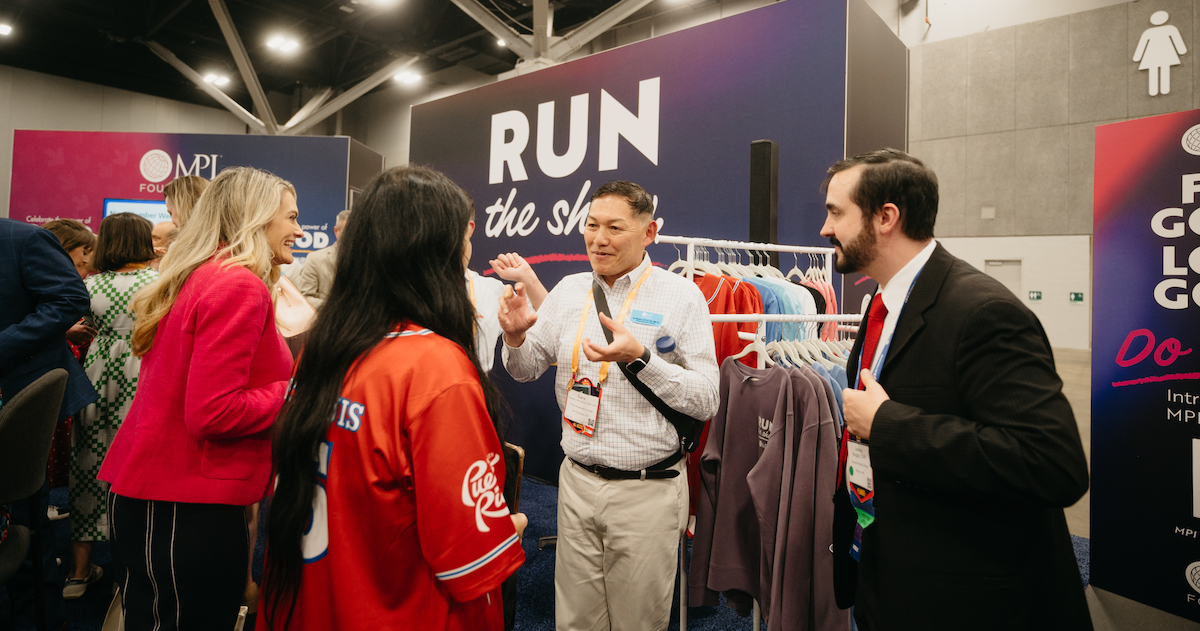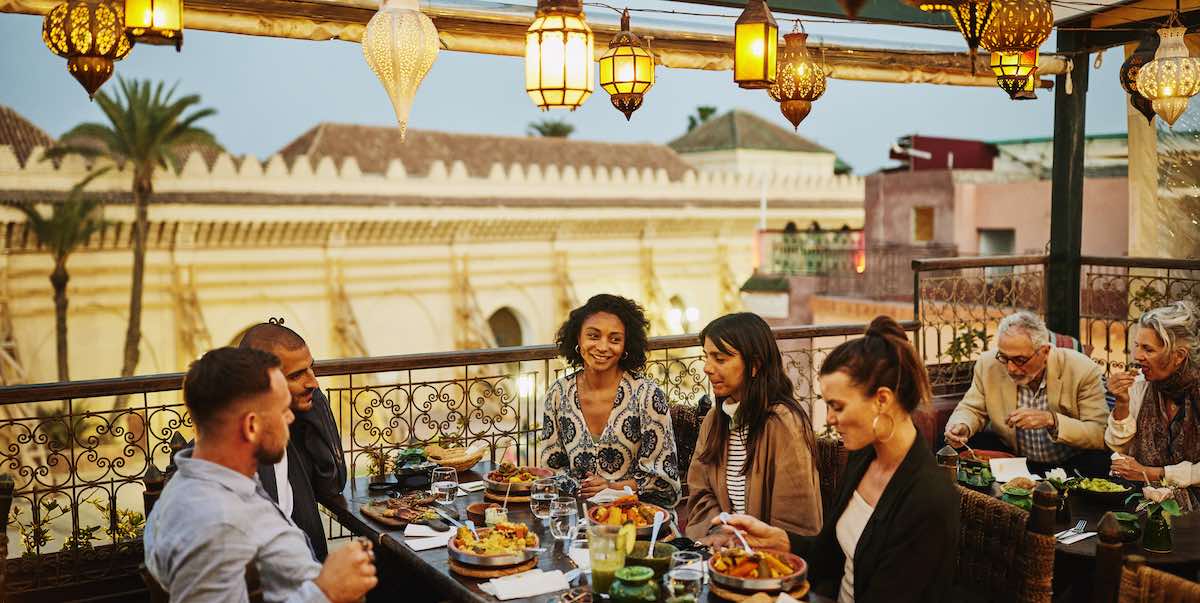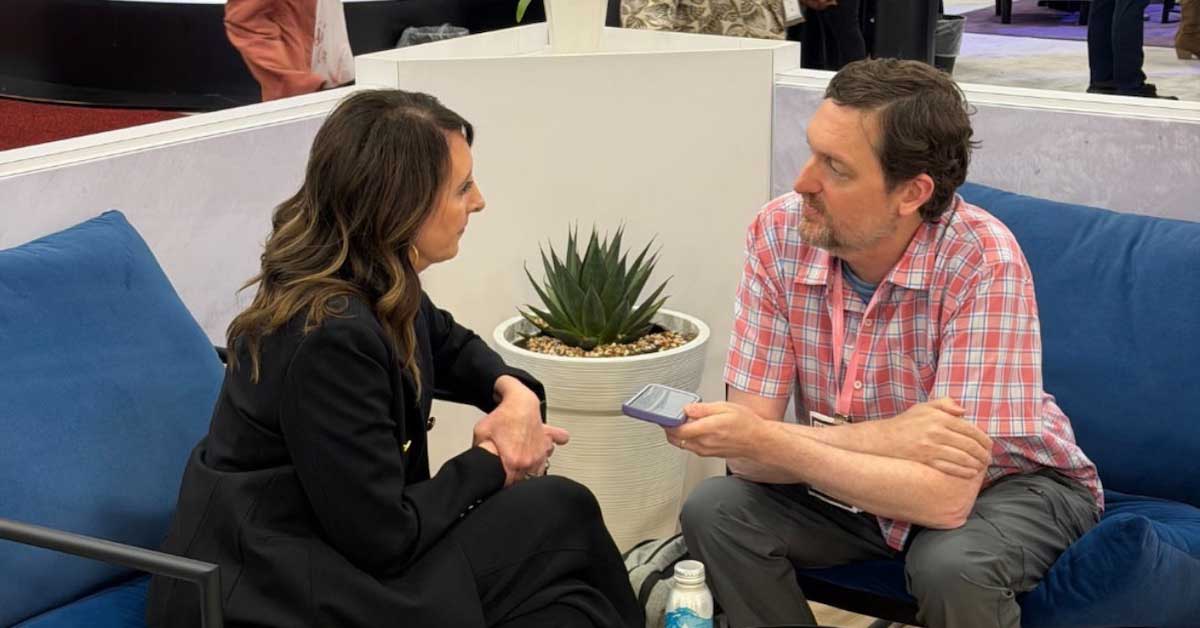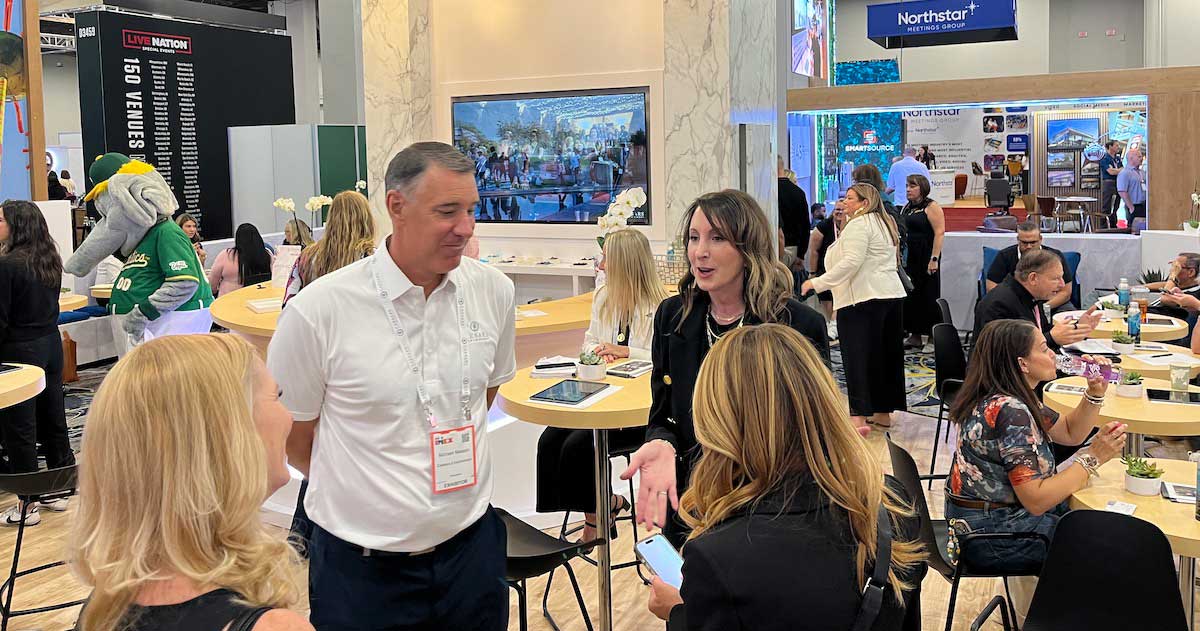“A person’s identity … is like a pattern drawn on a tightly stretched parchment. Touch just one part of it, just one allegiance, and the whole person will react, the whole drum will sound.”
At a time of profound ideological polarization throughout the world, this stirring passage by French-Lebanese author Amin Maalouf offers an eloquent reminder on the commonalities to be found in the human experience. Maalouf’s philosophical take on self-identity, shared within his book “In the Name of Identity: Violence and the Need to Belong,” finds a kindred spirit in psychologist Abraham Maslow’s hierarchy of needs. After accounting for our basic physical needs in the climb toward self-actualization, Maslow says, as humans we then seek a sense of belonging to continue on our path to become the most complete version of ourselves.
Respect for this process of self-identity and a sense of belonging are very basic attendee expectations that should be, but are not always, considered in the event planning process.
Understanding the Illusion of “I” and “We”
Self-definitions of “I” and “we” anchor the psychological need to belong, creating ripple effects of validation on the human spirit and psyche. Oscar Wilde, a poet who regularly challenged the moral sensibilities of 19th-century Britain, had an interesting take on identity that has been echoed forwards and backwards in time since his era through interdisciplinary teachings, including those found in Buddhism and other world religions and mythologies, and the more mainstream brain pickings by the founder of psychoanalysis, Sigmund Freud.
“Most people are other people,” Wilde said. “Their thoughts are someone else's opinions, their lives a mimicry, their passions a quotation.” Identity, in this instance, is the summation of the sensory experiences we collect from the world around us.
In a recent keynote delivered by quantum physicist John Hagelin, who is also considered the leader of the transcendental meditation movement in the US, the concept of inclusion touched the fringes of space. The unified source, Hagelin said, is the diversified universe. He went on to discuss the realization of Einstein’s unified field theory—the one thing that scientifically connects everything in the known universe—and how the human brain, during meditation, can tap into and harmonize with this natural energetic flow.
Whether the Buddhist philosophy of "self creates separateness," Freud's iceberg analogy of human consciousness layers, Wilde's notion that we're basically just carbon copies of anything and everything or Hagelin's take on unified diversity, the desire to connect and belong; to establish an identity within in the world yet remain an individual on a deeply personal journey is ever present in our daily lives. Clearly, we're diverse in and of ourselves, yet part of a much larger, ever unfolding story.
What Does All of this Have to Do with Events?
In defining the boundaries of “I” and “we” before and during an event, you’re creating a safe place for attendees to "be" and be validated. Validation is essentially a celebration of personhood, and a mainspring for a meaningful life. There's a term I recently learned that I'd like to toss into the equation here and that is the concept of "holding space." This means to walk alongside another; validating the journey of another without judgment or trying to influence outcomes, all the while being present in your own being—nonjudgmental and gentle with yourself—and within your own journey.
Creating a safe space for ourselves allows us to hold space for others, which, in turn, facilitates authentic connections in and outside of events. Because connection begins with commonality—touch just one part of the parchment and the whole drum will sound.
Maalouf expounded on this idea a bit when stating, “identity cannot be compartmentalized; it cannot be split in halves or thirds, nor have any clearly defined set of boundaries.” In unity, there is the beautiful chaos of diversity. The practical applications of Maalouf’s idea as they could relate to event design are simple:
- Create a safe place for openness and authenticity and allow attendees to lean into these concepts in their own way
- Instill a sense of belonging and camaraderie among attendees
- Focus on commonalities or allegiances at macro and micro levels
- Resist the urge toward one-size-fits-all experiences and discover ways to celebrate diversity
- Set clear boundaries without barriers
At a time of raging political affiliations and ideological, if not moralistic divides, tapping on the parchment of personhood, or the diversity of unity, shouldn't be a luxury when it comes to event design. And, when the music of your event begins to resonate, your attendees will surely thank you for the extra effort.
